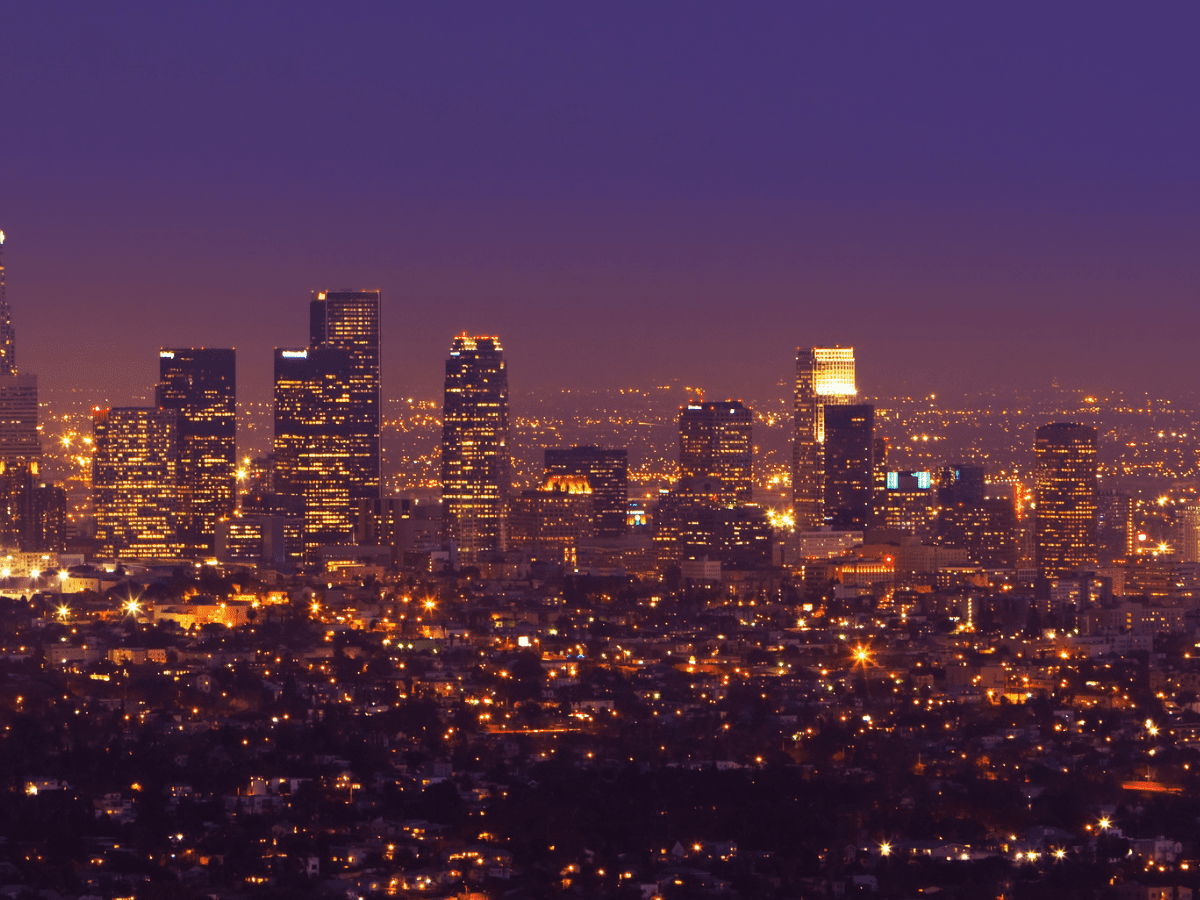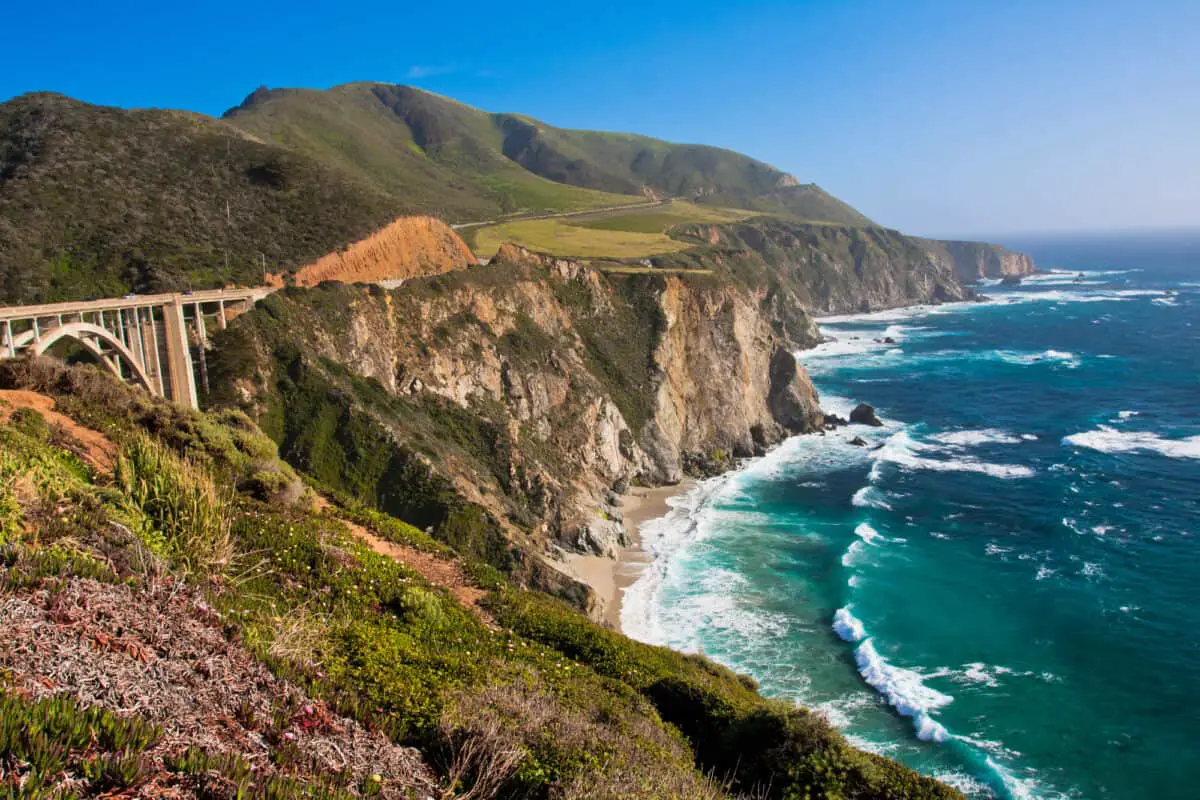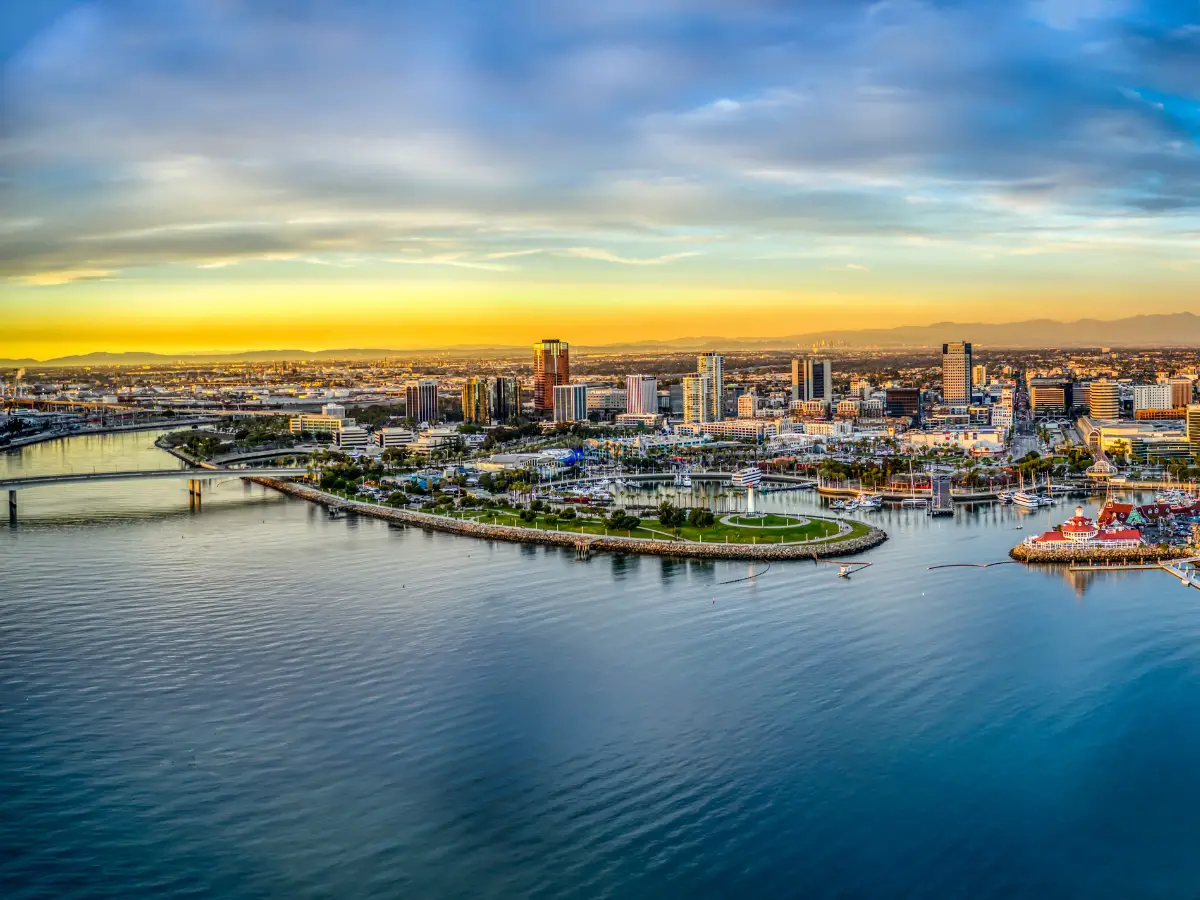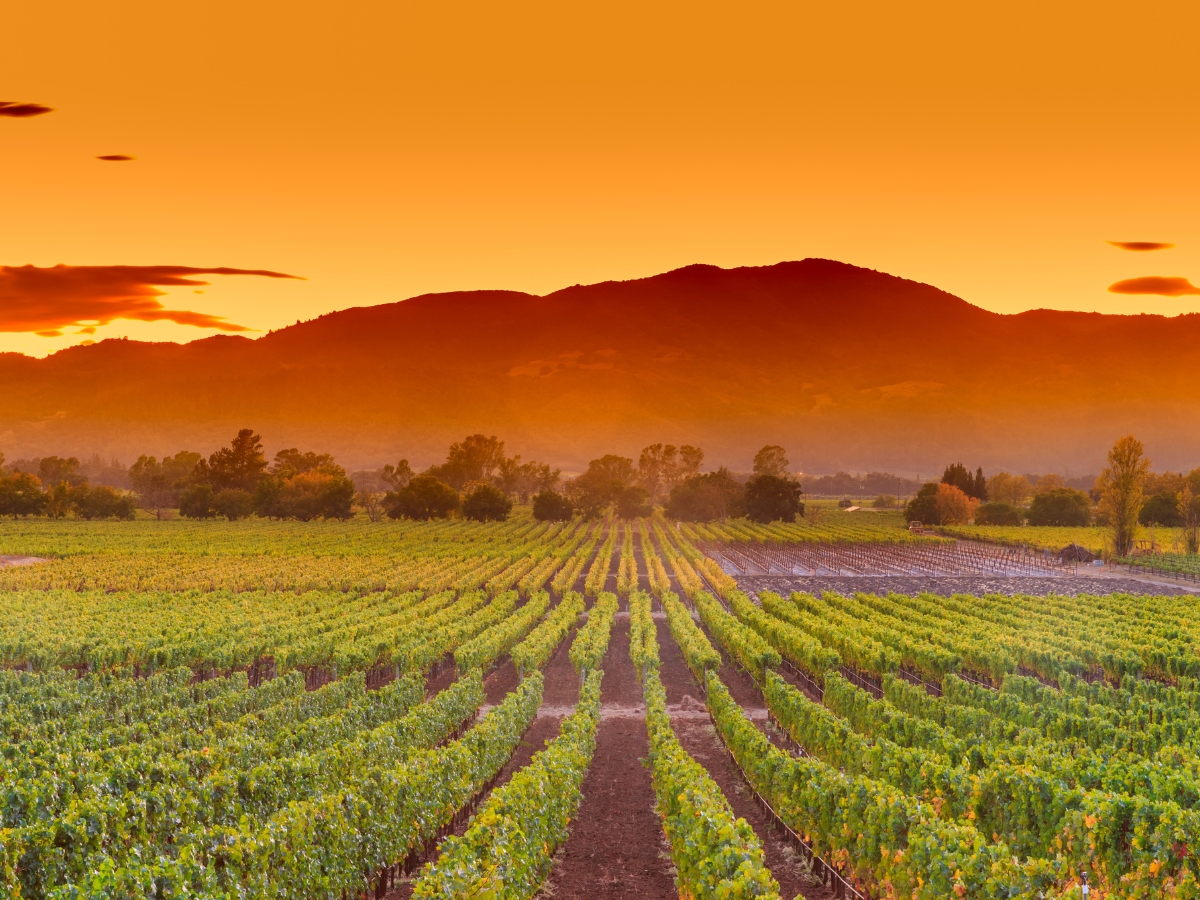Tucked away in the southwest corner of the United States lies California, the Golden State, and the most populated region in the entire country. With just under 40 million residents, California has four times the population of many major countries. But why is California so populated?
California’s population has been steadily increasing for over 100 years, aside from a sudden stagnation during the pandemic. While there are concrete reasons for its enormous population, it’s impossible to identify a single responsible source. There have been many contributing factors to the growth of this amazing part of the world.

California Population
According to the latest census (2021), the population of California is exactly 39,237,836. Los Angeles is the largest city, where the number of residents is closing in on 4 million.
Astonishingly, two more cities in the state are home to over a million people: San Diego (1.4 million) and San Jose (1.02 million). San Francisco is just behind with over 850,000 residents. Moreover, California has some 72 more cities with large populations (between 100,000 and one million).
Naturally, most people accumulate around these hubs, leading to urban sprawl and continuously evolving areas. Population density drops the further north you travel, mainly due to the weather and mountainous terrain.
Although there are several big cities toward the center of the state, most of the biggest developments are along the coast.
California Population Growth
Since before the turn of the 20th century, California’s population has been growing rapidly, with some periods of exceptional growth, particularly between 1920 and 1960. In the year 1900, there were fewer than 2 million residents in the entire state of California. Within 50 years, there were 10 million.
From 1950 to the millennium, the population had eclipsed 34 million. This growth was not mirrored by any other state in the country. California was the standout destination due to its expanding industry, booming economy, and natural allure. Here is a snapshot of how the population has grown over the last century.
| Years | % of Population Growth |
| 1900-1910 | 46% |
| 1910-1920 | 48% |
| 1920-1930 | 61% |
| 1930-1940 | 22% |
| 1940-1950 | 53% |
| 1950-1960 | 49% |
| 1960-1970 | 26% |
| 1970-1980 | 19% |
| 1980-1990 | 25% |
| 1990-2000 | 14% |
| 2000-2010 | 10% |
| 2010-2020 | 6% |

Why Is California So Populated?
The population growth of California is unlike that of any other state. The reasons for its rapid expansion are multifaceted. However, it’s no coincidence. Let’s take a look at some of the primary reasons California is so populated.
California is a Land of Immigrants
Over a quarter of Californians (11 million) are born outside of the country. California has the largest proportion of immigrants when compared to any other state. In fact, a quarter of all United States immigrants live in California. Today, 54% of these foreign-born Californians are U.S. citizens.
The main reason for the volume of immigrants is California’s location. It borders Mexico, creating a natural pathway for Hispanics. Its vast coast means it’s also the first place Asian immigrants encounter when they cross the Pacific Ocean.
There are approximately 4.1 million Mexican immigrants in California. However, the largest portion of Californian immigrants come from Asian countries. California’s welcoming, libertarian attitude makes it a perfect destination for those looking for a better future outside of their native lands.
Large Agricultural Hub
Agriculture has always been an important industry in California among natives, explorers, and various residents that found themselves along the Pacific Coast. While California’s climate means it experiences droughts, the sun exposure, valleys, rivers, mountains, and large forests ensure various forms of agriculture can thrive.
California’s flourishing agricultural industry attracts people to the region in several ways. Firstly, it contributes significantly to the economy, bringing tens of billions of dollars to the state every year.
Secondly, it employs millions of residents at all levels of the pyramid. It also creates opportunities for food producers, artisan restaurants, and tourism.
Some of California’s main agricultural exports include:
- Dairy products (mainly milk)
- Almonds
- Pistachios
- Grapes (from vineyards in Napa Valley)
- Cattle
- Lettuce
- Strawberries
- Tomatoes
- Walnuts
- Rice

Employment Opportunities
In September 2022, the state of California had an unemployment rate of 3.9%, meaning it ranked 37th in the country. However, this doesn’t tell the full story of professional opportunities in California.
Tech is by far the biggest sector in the state and Silicon Valley is perhaps the most influential place in the world for technology companies. California attracts high volumes of college graduates, looking to kickstart their careers in major tech companies, like Apple, Facebook, or Google.
San Francisco and the Bay Area are also hugely popular locations for entrepreneurs and start-ups. Simply put, Silicon Valley and the surrounding areas are world-renowned for being the central hubs for innovation. They represent the dreams of many young, ambitious graduates.
The Hollywood Effect
Many people believe that Hollywood has had more than a slight impact on the state’s ever-expanding population size, especially back in the early 1900s when Hollywood was born. The “Father of Hollywood”, H. J. Whitley”, began to make major structural and commercial developments in the region.
When filmmakers fled to Los Angeles to escape copyright laws in other states, the region proved to have everything they needed. Shortly thereafter, virtually all major film studios set up shop in Hollywood, bringing a further influx of money and industry.
Although there’s no denying Hollywood’s allure, the extent to which it contributed to population growth is difficult to tell. However, it raised the economic profile of the state significantly, making it an attractive place for all types of businesses, from restaurants to building contractors, and from fashion brands to sports franchises.

California is a Natural Paradise
If you’ve read any of our other articles, you’re probably familiar with some of the natural beauty the state has to offer. Although many other states offer sunshine, beaches, mountains, or forests, very few provide the combination of nature that California does. This alone attracts millions of people to the state.
The legendary Sierra Nevadas is just one of several immense mountain ranges in the Golden State. California also has more National Parks than any other, including world-famous locations like Joshua Tree, Yosemite, Redwood, Sequoia, Death Valley, and Grand Canyon National Parks.
Mountainous regions and National Parks are also filled with beautiful ponds and streams for fishing, kayaking, and even swimming. There are endless scenic hiking trails throughout the state and some of the finest rock climbing sites in the U.S.
In terms of coastlines, California’s 840-mile-long rim is among the most iconic in the world. There are hundreds of unique beaches stemming from north to south, with the likes of Black Sands Beach and Glass Beach drawing tourists from around the globe. When it comes to surfing and sunbathing, California has world-class beaches.
Although growth has stagnated over the past decade or two, California’s population is predicted to increase further in the coming years.
Resources
- California population: datacommons.org
- Population growth statistics: www.ppic.org
- Immigration statistics: calmatters.org
- California exports: www.cdfa.ca.gov
- 3.9% unemployment: www.bls.gov





